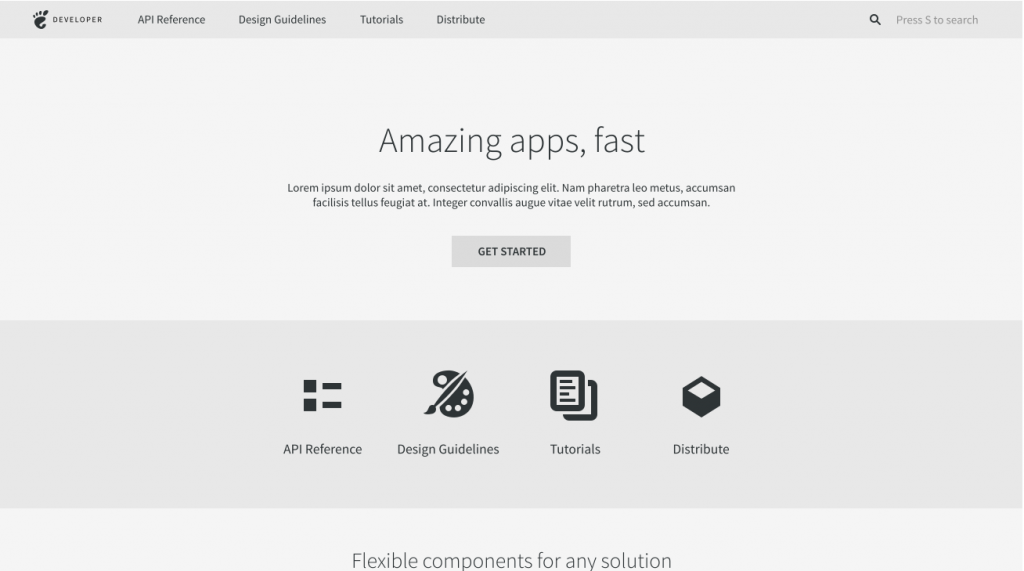The Developer Center Initiative is an attempt to reboot the developer center based on a new modern platform. For more information, see my previous blog posts.
It’s been two months since the last Developer Center meeting. In light of that I called in for a meeting last week to get a status of things. We discussed three items:
- Changing the current state of the developer center.
- The need for a physical meetup to reinforce spirits and get bulk work started.
- Pending bugs and feature merges in hotdoc relevant for the developer center.
Developer Center State
Thibault currently holds a branch for gnome-devel-docs. The branch contains the old GNOME Developer docs ported to markdown. To ensure that no duplicate work happens between gnome-devel-docs master and the branch, the next step is to announce to relevant mailing lists that further contribution to the developer docs should happen in the gnome-devel-docs branch. Even more ideal would be to have the branch pushed to master. The markdown port is not synchronized in any way with the mallard docs in master, so any changes to the mallard docs would require re-synchronization and that’s why currently editing ported markdown docs in the branch currently is a no-go for now.
Pushing the branch does imply that we initially loose translations though and most changes made to gnome-devel-docs seem to be translations these days with a few exceptions (mostly grammar corrections). Thibault and Mathieu expressed interest in supporting translated docs in the future, but it is a substantial amount of work and low on the todo list.
We agreed that I should try to get in touch by e-mail to the relevant mailing lists (including translations) and to individuals who contributed to gnome-devel-docs recently to hear their opinion before we proceed.
Hotdoc status
On the hotdoc side, Mathieu and Thibault explained that they have pending work from the GStreamer docs waiting to land and include in a new release. There is also an ongoing feature request to support flexboxes through markdown syntax which would be nice to have if we want to align Thibault’s branch more closely to Allan’s mockup.
With help from Thibault and Mathieu I managed to get a local instance of hotdoc running. A few bugs were fixed along the way and I plan to blog post a getting started guide to get Thibaults branch running on your computer which hopefully in turn can be used to improve the existing documentation on hotdoc.
Hackfest plans
For the past two months activity in this initiative has been running low which signals to me that we need to meet together physically again. The meeting attendance this time was around 3-4 people. I am going to FOSDEM 2019 and if anyone else interested in the gnome developer center’s future are attending too, I’ll be happy to meet up during conference for a chat. If sufficiently many shows interest, we could also extend the conference a day, sit down and have a look at the state of things by then.
Otherwise, if someone out there could help providing venue/office space sometime in spring, I can try to gather the group of people who have shown interest so far and get a proper hackfest going.


